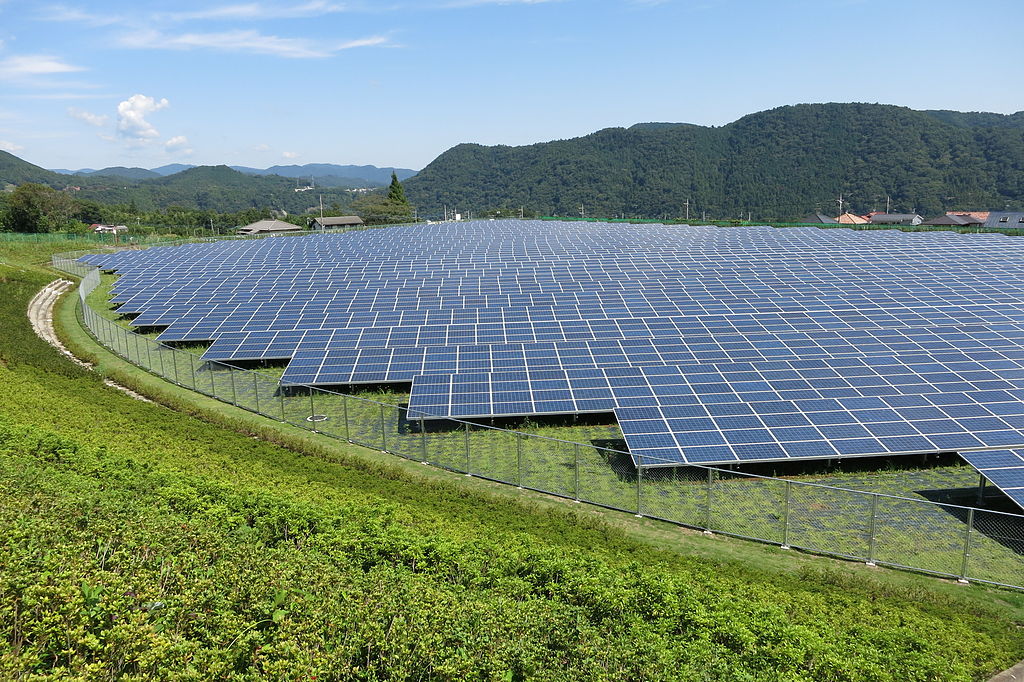Japan’s national strategy calls for more solar energy in the nation’s power mix. But many of the smaller businesses that helped build the sector from scratch a decade ago say the returns are no longer attractive.
Additional regulation, a shift towards market-based pricing, and the need to commit to greater community engagement no longer make solar projects economically feasible for smaller operators. Meanwhile, an industry consolidation trend via M&A and increased private equity inflows are changing the structure of the domestic solar sector.
Current energy policy envisions about one-fifth of the nation’s mix eventually coming from solar power, which became a priority in the wake of the 2011 nuclear disaster. While the rollout of new projects has slowed recently, solar is still described by the government as one of the main drivers of additional power capacity this decade.
This year, with the update of the Basic Energy Plan, the status and future development of the solar sector is expected to be updated. As well as addressing the fact that the current rollout lags previously set 2030 targets, METI is expected to touch on the impact of new solar tech such as flexible / Perovskite solar cells (PSC) and the contributions from solar PVs on water, rooftops and other facilities.
Still, for many operators, the main questions will be about price. The government has been on a relentless drive to push solar tariffs lower. But with land availability decreasing and other above-mentioned challenges pushing costs upward, can Japan afford to squeeze the smaller renewables firms any further?

